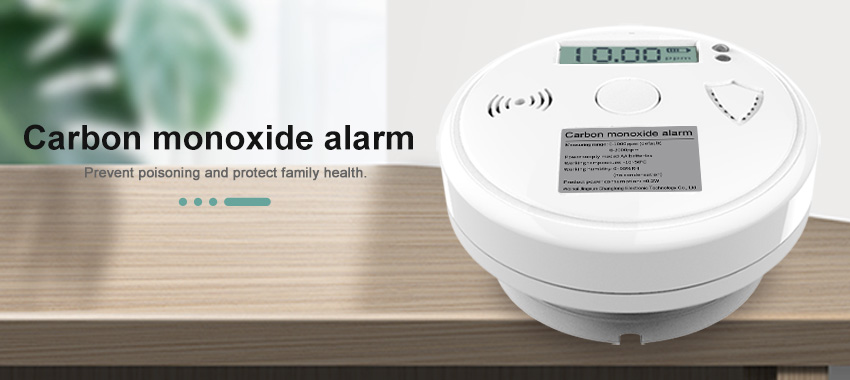Choosing a carbon monoxide detector

What kind of carbon monoxide detector should I get?
Overall, carbon monoxide detector sense CO fast and alert you as soon as they do. But there’s a surprising amount of variety in today’s carbon monoxide sensors.

Some simple models plug into outlets or use a battery and alert you with a loud siren, like the one on your smoke detector. These models are cheap and suitable for multi-room buildings that need several units spread throughout.
Many models include sensors for both smoke and carbon monoxide. These are easy options you can swap out your existing smoke detectors for. They also reduce the number of sensors on your walls or ceilings.
You can also find smart models that connect with your home security system or alert you of danger through a mobile app. These models are expensive but can be a wise investment if you want extra safety for kids and pets at home.
Why is carbon monoxide dangerous?
Carbon monoxide is deadly because it binds with your red blood cells and starves your body of oxygen after passing into your lungs.
These are the early symptoms of carbon monoxide poisoning:
- Headache
- Nausea
- Vomiting
- Dizziness
- Shortness of breath
- Fatigue
Perhaps most troubling is the similarity to cold or flu-like symptoms that are easy to ignore—shortness of breath, nausea, and mild headaches. Disorientation and unconsciousness can occur when levels of carbon monoxide reach 150 parts per million (ppm).2 Eventually, the symptoms turn lethal without treatment.
About carbon monoxide
What is carbon monoxide?
Carbon monoxide gas (CO gas) is a simple molecule: one part carbon and one part oxygen. Carbon monoxide comes when carbon fuel—like wood, gasoline, coal, propane, natural gas, and heating oil—fails to burn completely (incomplete combustion).
These energy sources aren’t dangerous when you burn them in an open area with plenty of ventilation. But carbon monoxide is hazardous in confined spaces—like basements, kitchens, garages, or campers.
Carbon monoxide is hard to detect without a sensor, which is one of the reasons it’s so dangerous.
What does a CO detector do?
Where should I place a carbon monoxide detector?
Ensure everyone in the house can hear when an alarm goes off by placing a CO sensor in or near each of three critical locations in your home:
- At least one on each level—including the basement and attic
- Near each bedroom or sleeping space
- By doors that lead to attached garages
Follow your local laws and the manufacturer’s instructions for additional guidance beyond these three locations (for example, some states require sensors in utility rooms). For more information, you can also check out our guide on the best places to install CO monitors.